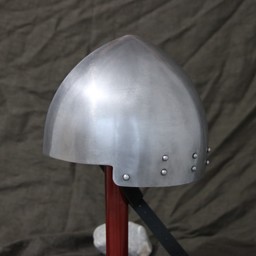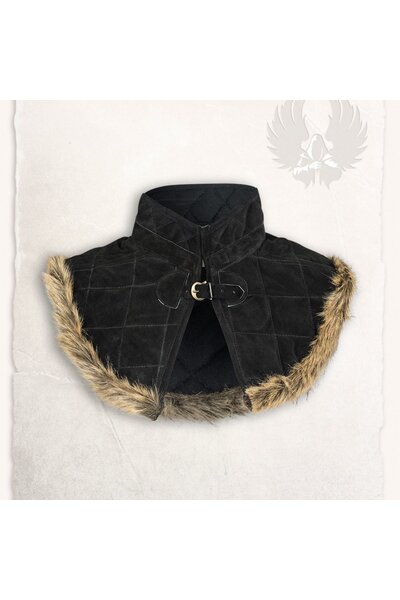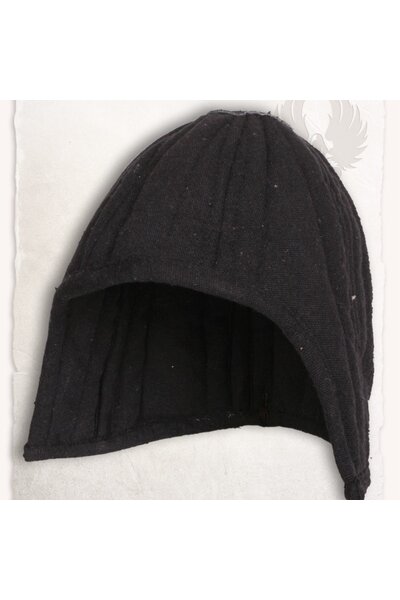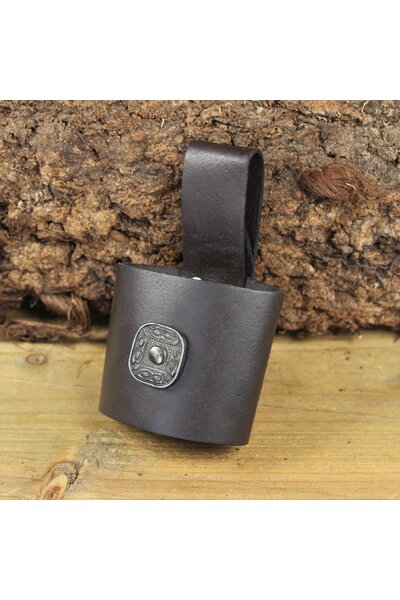Product description
Foot soldiers and knights often wore helmets like the secret. Medieval foot soldiers often wore this cheap type of helmet separately. The Knights often wore it under the great helmet. Later, in the 16th century, the lansquenets wore this type of helmet under their fashionable hats. In the 17th century, at the end of the Eighty Years' War, cavalrymen often wore this type of helmet under their hat.
Details:
Max. head circumference: 60 cm
Material: Carbon steel
Thickness: 1,2 mm
Helmet has a helmet inlay
Based on a historical original
Shipment weight (g): 3000 *
This item is produced in limited quantities only. This means that every piece is unique. Sizes & finish may vary lightly from piece to piece.
Maintenance & care
Prevent rust and corrosion by oiling your armour regularly. Remove rust easily with black sandpaper.
Choosing the size that fits you best
Add 3,5 cm to your head circumference if you wear an arming cap under your helmet.
Add 2,5 cm to your head circumference if you wear a chainmail coif under your helmet.
Add 6 cm to your head circumference if you wear both an arming cap and a chainmail coif under your helmet.
Tip: How to adjust the finish of your armour and weaponry
Luxurious (polished)- polish the steel with metal polish or toothpaste. You can even give the item a mirror-like polish. Test on a small surface first!
Handmade (matte)- soak the steel in cola for 40 minutes to 20 hours. Check regularly and treat with black sandpaper.
Antique (patinated) leave the steel to rust for some time in a damp environment, preferably outside. Remove the red layer of rust, to reveal the corroded top layer.
Please note. After finishing the product yourself, the warranty and return right expire. Celtic WebMerchant is not responsible for the obtained result."
Packaged with 100% recycled material
When packaging this item, we exclusively use 100% recycled plastic and recycled paper/cardboard from FSC certified forests. We reuse a large part of the material directly without the intervention of a recycling process.
Recycle the material by separating your waste:
1. Cardboard: separate or reuse your paper.
2. Plastic cushions, clothing bags and plastic tape: separate or reuse your plastic. If possible, pierce the cushions with a volume reduction needle.
3. Paper packaging for jewelry and small items: these have a plastic inner layer. Remove these, then separate your paper and plastic.














